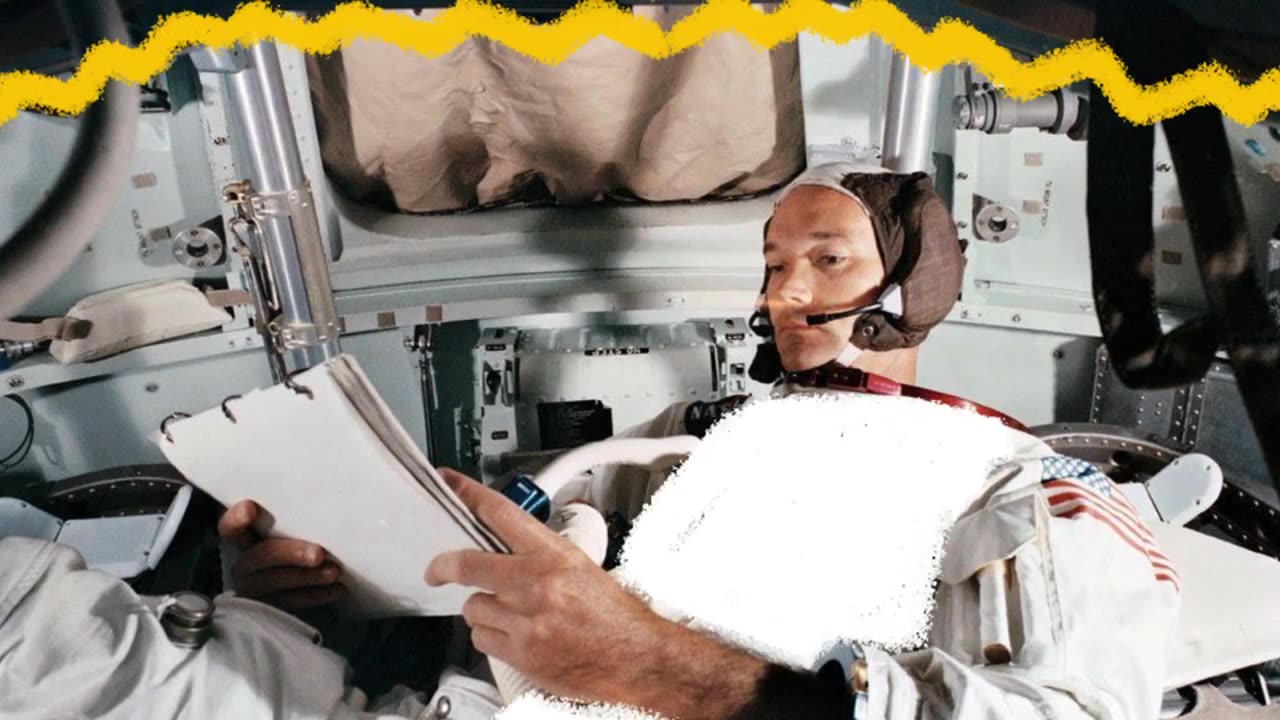Premium Only Content

How NASA Will Protect Astronauts From Space Radiation-4K-NASA OFFICAL
In August 1972, as remembered by NASA scientist Ian Richardson, Surrey, England, experienced an unusually hot and dry period. The fields turned brown, and people sought refuge indoors to escape the scorching sun. However, during this time, television signals started to deteriorate, prompting the BBC to make a special announcement: "Do not adjust your set." Surprisingly, the interference wasn't caused by the intense heat but rather by sunspots.
These sunspots, which disrupted television signals, were also responsible for significant solar flares occurring between August 4th and 7th of that year. Solar flares are powerful bursts of radiation emitted by the Sun. Coincidentally, these solar eruptions occurred between the Apollo 16 and 17 missions, posing a near miss for lunar explorers. If astronauts had been in orbit around the Moon or on its surface during these eruptions, they would have been exposed to dangerous levels of solar radiation.
Even today, almost five decades later, these solar flares from the Apollo era serve as a stark reminder of the potential threat of radiation exposure for both technology and astronauts in space. Consequently, understanding and predicting solar eruptions have become critical for ensuring the safety of space exploration.
Fortunately, advancements in data collection, technology, and resources have significantly improved NASA's ability to monitor and predict solar activity. This progress is vital for the success of NASA's Artemis program, which aims to return astronauts to the Moon safely.
In conclusion, the events of August 1972, when sunspots disrupted television signals and led to solar flares, underscore the ongoing need for vigilant monitoring of space weather and radiation exposure to safeguard both astronauts and technology during space missions.
-
 3:05:00
3:05:00
TimcastIRL
4 hours agoTrump Floats Accepting 600,000 Chinese Student Visas, MAGA Uproar | Timcast IRL
166K96 -
 8:44:47
8:44:47
SpartakusLIVE
9 hours ago$20,000 Hide and Seek Tourney w/ Stonemountain64 || #1 Rat wins the BIG CHEESE
49.3K -
 2:34:02
2:34:02
Barry Cunningham
5 hours agoLISA COOK | ADAM SCHIFF | LETITIA JAMES | ARE THEY BEING SACRIFICED BY THE DEEP STATE?
68.4K41 -
 1:36:19
1:36:19
Flyover Conservatives
13 hours agoOnly 17% of Millennials Hit These 5 Adult Milestones—Why?; What If Childhood Trauma Is Behind Your Health Problems? - Dr. Troy Spurrill | FOC Show
18.6K3 -
 4:49:04
4:49:04
HogansAlleyHero
15 hours ago💥CHASING DOPAMINE💥✅TRUMP SAYS BATTLEFIELD IS THE BEST✅
24.7K1 -
 1:57:40
1:57:40
MattMorseTV
5 hours ago $0.66 earned🔴Trump just SHATTERED the PROJECTIONS.🔴
42.1K31 -
 2:32:19
2:32:19
megimu32
4 hours agoOTS: From Star Search to Superstardom
29K4 -
 1:56:21
1:56:21
Joker Effect
3 hours agoInterviewing GREENMAN! Looks like he is coming to Rumble! Let's give him a warm welcome! REAL TALENT
17.1K1 -
 1:07:21
1:07:21
Anthony Rogers
10 hours agoEpisode 380 - Is Pain All In Your Head?
11.9K3 -
 1:46:17
1:46:17
Glenn Greenwald
7 hours agoGlenn Takes Your Questions on Censorship, Epstein, and More; DNC Rejects Embargo of Weapons to Israel with Journalist Dave Weigel | SYSTEM UPDATE #505
112K7